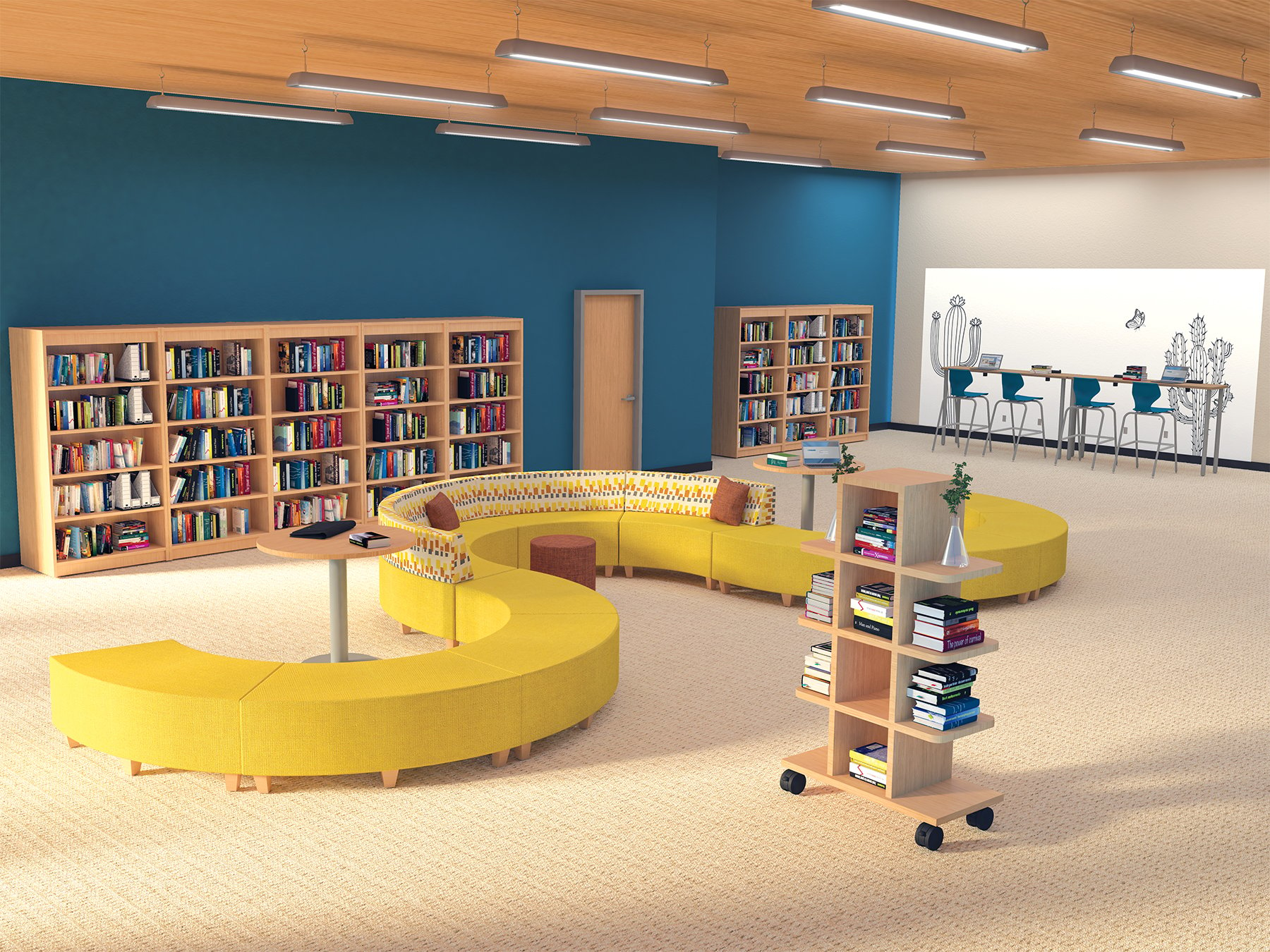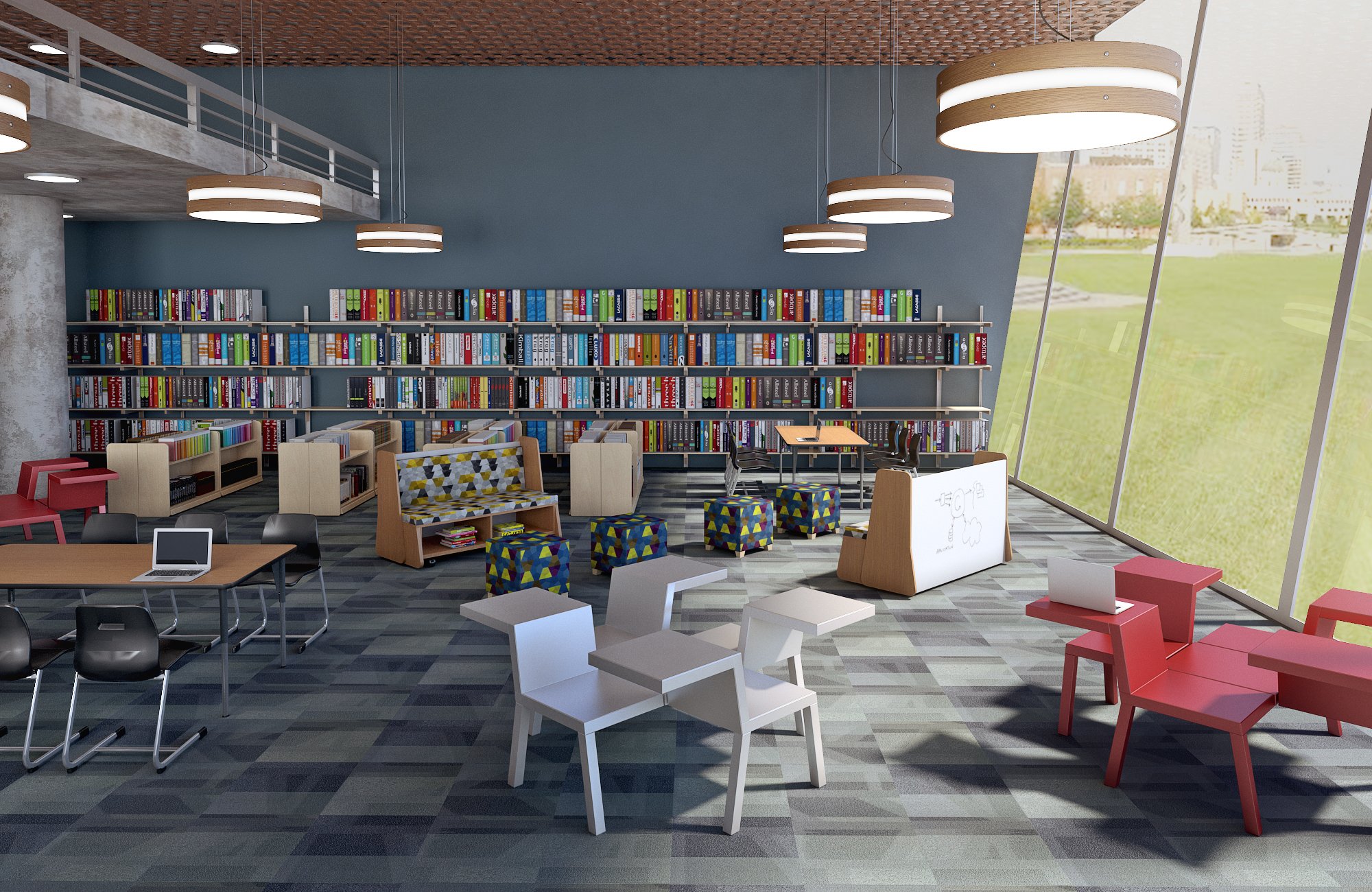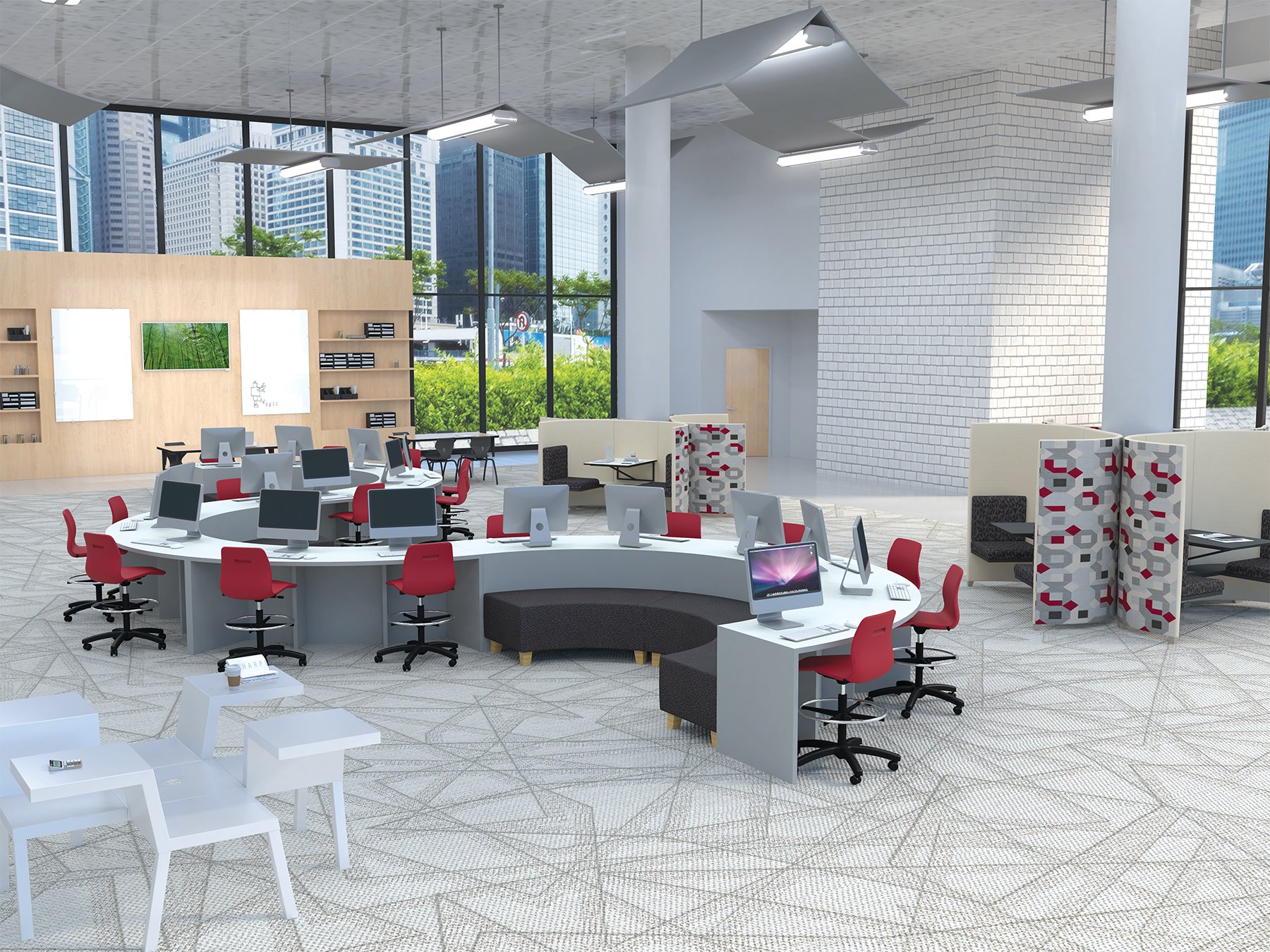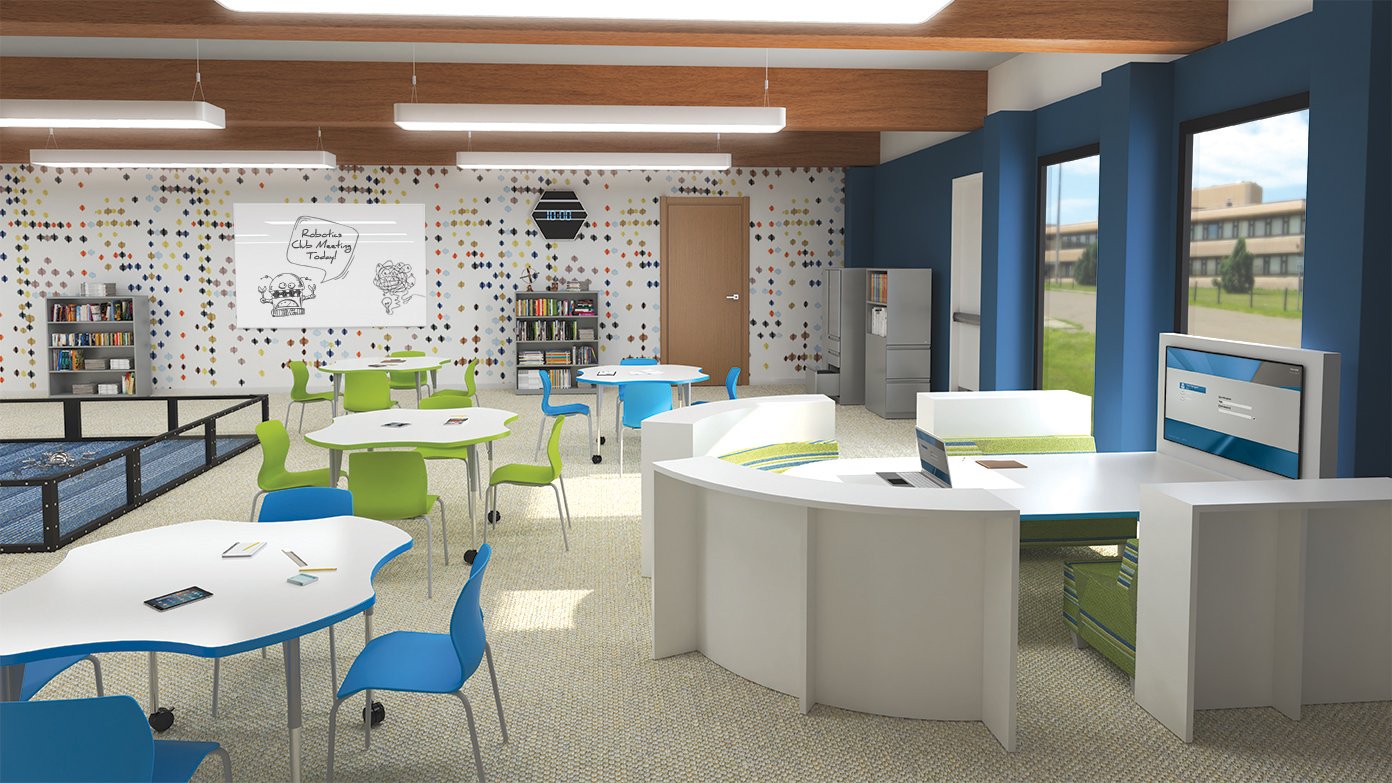Creating Spaces That Foster Intellectual Growth
Posted by MooreCo Inc on 29th Jan 2020
Whether at Work or School, Design to Activate a Hungry Mind
From antibiotics and the printing press to electric lights and the internet, many of the world’s breakthrough discoveries and inventions share one thing in common: They were the result of curiosity.
Curiosity makes us eager to learn and to solve problems. It’s a special spark that seeks out new knowledge and the desire to learn how things work.

What to know about creating spaces that foster intellectual growth for every type of learner, at every stage of life.
A study on intellectual curiosity from Perspectives on Psychological Science refers to curiosity as “having a hungry mind.” In fact, curiosity and intelligence go hand in hand, according to Scientific American, which cites a study that found curiosity prepares the brain for better learning and leads to increased memory.
No doubt, intellectual curiosity is an important quality to cultivate in the classroom, and one that’s sought-after by employers who place high value on innovation and out-of-the-box thinking.
Furniture and space designers can play a vital role in cultivating curiosity by creating environments that stimulate innovative, creative thinking while keeping in mind that the path to get there isn’t the same for everyone.
Intellectual development — which hinges on curiosity and creativity — is one of six stages in our Thrive Philosophy. Whether the setting is academic, workplace, or wellness, Thrive is a design philosophy that recognizes humans have a stronger sense of well-being and perform better when their environment harmonizes with these six stages of human development: social-emotional, physical, intellectual, psychological, moral, and spiritual.
In this post, we’re unpacking what it means to design a classroom or workplace in such a way that promotes intellectual curiosity.

BENEFITS OF CURIOSITY
Curiosity isn’t just for kids. In a Harvard Business Review study, the author examined the impact curiosity has on business performance and found these benefits:
- Greater innovation at work: “When we are curious, we view tough situations more creatively.”
- Reduced group conflict: “Curiosity encourages members of a group to put themselves in one another’s shoes and take an interest in one another’s ideas rather than focus only on their own perspective.”
- Better team performance: Groups with heightened curiosity perform better because they share information more openly and listen more carefully.
In the classroom, teachers use a number of strategies to value and reward curiosity in their students, including encouraging them to ask questions and providing time for unstructured exploration and project-based learning, to name a couple.
Children want to learn when they feel “a joy of exploration — a hidden force that drives learning, critical thinking, and reasoning,” writes Marilyn Price-Mitchell for the George Lucas Education Foundation. “We call this ability curiosity, and we recognize it in children when we see them exploring their environment, devouring books and information ... and seeking new learning experiences.”
But in order to nurture a curious, creative mind, we must understand that everyone learns differently, and the most brain-stimulating environments — whether at school or work — are those that offer multiple ways to learn, think, and grow.
Some people are visual, others experiential. Some learn better verbally, others aurally. Still some prefer a quiet space to solve a problem alone, while others prefer a more social and collaborative environment. Often, people can possess a mix of learning styles, and may find that they use different styles in different circumstances.

Our physical environment and furnishings can promote curiosity and complement various learning styles, or it can do quite the opposite and stifle these critical intellectual processes.
5 DESIGN STRATEGIES THAT PROMOTE INTELLECTUAL CURIOSITY AT WORK AND SCHOOL
Here are five ways to design or furnish spaces that nurture curiosity at work and school:
- Mix Up Your Seating: Offering flexible and comfortable soft seating of all sizes and shapes creates a comfortable and inviting learning and working environment.
- Make Reading Easy: Access to books helps foster and maintain curiosity throughout the different stages of life. Consider bookshelf collections designed with multiple shelf options, mobility, and sizes to create dynamic environments.
- Integrate Welcoming Options for Privacy and Collaboration: Some individuals prefer to work alone in silence while others perform better in a noisier, cooperative group. To integrate both groups in the same space, build in micro-environments that include privacy pods or individual working stations that offer seclusion and limit distractions. Mix in gathering/collaborative areas, where small groups can work together and share ideas.
- Add Bold Writing Surfaces: Ditch the plain whiteboard for bold, brightly colored glass writing surfaces that stand out and can help with focus and information retention. Ideal for visual learners and thinkers, porcelain steel desktops encourage ideation, critical thinking, and peer-to-peer communication.
- Consider Movement: Spaces that promote movement and circulation are increasingly popular both at school and in the workplace for those who perform better while being active. Chairs or stools offering micromovement bring rhythm to fidgety kids, allowing them to focus. Wobble stools engage kinesthetic thinkers. Incorporate ergonomic furnishings that enable employees to alternate between sitting and standing positions.

READ MORE ABOUT HUMAN-BEHAVIOR BASED DESIGN
School and workplace design should be more than just functional and pretty. They should be driven by human behavior, including our intellectual and psychological needs. Check out THRIVE for more advice on how these characteristics of human development impact modern design solutions.





